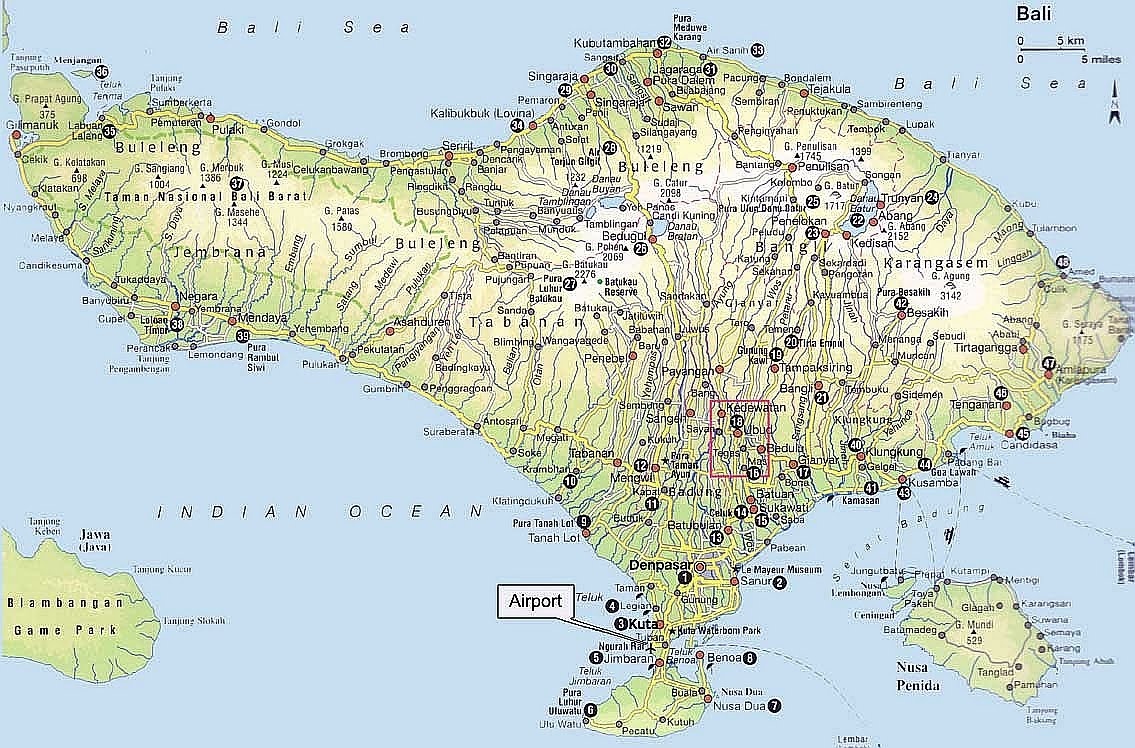Coffee as a stimulant only became popular in the 16th and 17th centuries, first in the Islamic world and then in Europe, where the coffee houses popped up like mushrooms.
From the 18th century, it was consumed in broad layers of society in Europe. The coffee comes from tall trees, which are however pruned to the level of bushes, so that the fruits can be picked more easily. The fruits look like a kind of cherry, the kernels of which are the actual coffee beans. After picking the 'cherries' they are dried and pounded to get rid of peel and pulp. Before consumption the beans must be roasted and then ground.
That burning and grinding happened in the 17th and 18th centuries in Europe itself.
Coffee originates from the area on the south side of the Red Sea, especially from Yemen. In the first half of the 17th century, coffee was already transported to Western Europe via the Mediterranean Sea. Although the VOC fairly early, in 1616, became acquainted with coffee as a product, it was only considered to be an interesting commodity after 1660, because from that time there was coffee import in the Republic from France and England.
The East Indian companies from those countries were therefore the main competitors in Mokka, the Yemeni port city where the largest coffee market in the world was located (map). The VOC had a trading office in that city for many years. Due to the growing demand from Europe and the strong competition, the trade network via the Mediterranean remained intact, at the end of the 17th century the purchase prices in Mokka increased. Another less favorable aspect of the coffee trade there was that the coffee had to be paid with expensive silver. That is why in VOC circles they started looking for an alternative to Mokka.
At the end of the 17th century Dutch merchants succeeded in taking some coffee plants from Yemen, with which they experimented elsewhere.
From 1707, the coffee culture was introduced in the mountain countries of West Java, the so-called Preanger, which were partly controlled from Batavia and partly from the VOC region Cheribon. Partly because of the high price that the producers received, the culture turned out well.
The farmers were forced to deliver all their coffee to the VOC through their heads. Soon the supply of Java coffee by the VOC was overwhelmed by Mokka and there was even a long time fear of overproduction.
The VOC responded to this from 1730 with a reduction in the purchase price, the setting of production ceilings and penalty discounts on deliveries that were considered to be too high. From 1760 onwards, however, producers were again encouraged to deliver as much as they could. The purchase price on Java fell from about 40 cents per pound before 1725 to about 10 cents in the period after 1730.
In the Republic, Java coffee was sold for about 1 guilder per pound until 1730, then for about 30 to 60 cents. Production rose from around 4 million pounds in the mid-18th century to 8 to 9 million in the last decades. The success of the Java coffee meant that the trading post in Mokka was finally lifted in 1739.
skip to main
|
skip to left sidebar
skip to right sidebar
Black as the devil, Hot as hell, Pure as an angel, Sweet as love.
Travel to Indonesia
Contact Our Team:
Raja Kelana Adventures Indonesia
Raja Kelana Adventures Indonesia
Email: putrantos2022@gmail.com
Facebook Messenger: https://www.facebook.com/putranto.sangkoyo
Our Partner
Blog Archive
-
▼
2017
(384)
-
▼
December
(45)
- Meghan Markle is peak hat goals 🙌
- Friday Morning Briefing: In a hospital ward in Yem...
- Thursday Morning Briefing: Apple and Amazon in tal...
- Wednesday Morning Briefing: U.S. announces sanctio...
- How The Avocado Got Made In "Generation Screwed"
- Would you hire a Nazi lawyer?
- Friday Morning Briefing: The State Department tell...
- Thursday Morning Briefing: Apple to win big with U...
- Wednesday Morning Briefing: House to vote again on...
- Republicans on cusp of passing tax giveaway
- Tuesday Morning Briefing: U.S. blames North Korea ...
- Congress stalled technology that may have prevente...
- Monday Morning Briefing: Trump to declare that Chi...
- #MeToo takes down NFL owner
- TFW millennials realize just how screwed they are
- Here's how Meghan Markle will spend her first Chri...
- Friday Morning Briefing: FCC moves to recast the d...
- What the net neutrality repeal means for you
- Why millennials are facing such a terrifying finan...
- Why millennials are facing the scariest financial ...
- Thursday Morning Briefing: Disney deal set to valu...
- Wednesday Morning Briefing: Alabama's stunning upset
- What you need to know about Democrat Doug Jones' s...
- Thanks for signing up!
- Thanks for signing up for HuffPost Highline
- Tuesday Morning Briefing: From limo driver to accu...
- Trump lawyers call for second special counsel
- Monday Morning Briefing: Hotly anticipated bitcoin...
- The classrooms in Scientology's shadow
- Koffie
- Mocca - Mocha - Al Mukha
- Let's break down Prince Harry & Meghan Markle's bo...
- Cheers! Thanks for signing up
- Friday Morning Briefing: How Monsanto’s GM cotton ...
- Inside the voucher schools championed by Betsy DeVos
- Thursday Morning Briefing: Hamas calls for Palesti...
- Australia celebrates as Parliament approves same-s...
- Wednesday Morning Briefing: Jerusalem - the 'kiss ...
- Trump's latest move risks fueling unrest in Mideast
- Tuesday Morning Briefing: Supreme Court greenlight...
- RNC returns to Roy Moore campaign, despite sexual ...
- Monday Morning Briefing: CVS to buy Aetna in 2017’...
- Trump attacks the FBI following Flynn plea
- Friday Morning Briefing: U.S. tax plan hits rough ...
- Republicans scramble to save their tax plan
-
▼
December
(45)






